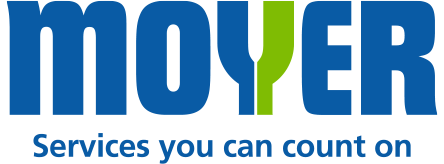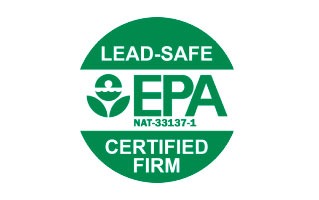We’re Local, Family Owned & Operated. We have a 100% Satisfaction Guarantee.
It’s natural to have honey bees and bumble bees buzzing around in your garden or yard. These bees do a lot of good for our planet. Their pollination of flowers, plants and crops is essential to our environment.
What’s not good is if you notice that these bees – or their destructive cousins, carpenter bees – are making a home near or inside your home. This is especially true if you or someone in your household is allergic to bee stings.
The first step is to identify the type of bees causing your concern.
"The service people in all areas are wonderful and very pleasant to deal with."
“The service people in all areas are wonderful and very pleasant to deal with. This is very important to me. And, they have done an excellent job removing the pests.”

Pollinator Protection
We make every attempt to properly identity the type of bees we’re called to remove. If the bees are identified as honey or bumble bees, we will not treat and will refer to a local bee keeper to safety move the nest. Read more about how we treat bees below.

Honey Bees
Honey bees are not to be confused with yellow jackets or hornets, which are members of the wasp family. Honey bees are small in size, ranging from ½” to ⅝”. They are stinging insects, but usually only when they perceive a threat. Because their stinger remains under the skin of the person or animal stung, the honey bee will die after one sting.
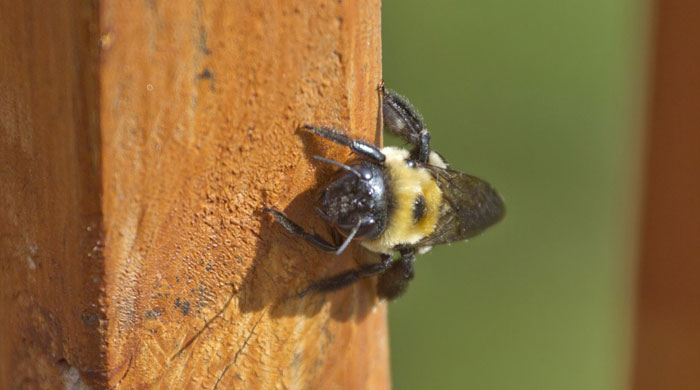
Carpenter Bees
Carpenter bees resemble bumble bees but differ by having shiny black bodies. They range in size from ¾” to 1” long. Like bumble bees, only the female carpenter bees have stingers and will sting if provoked. Carpenter bees can also sting multiple times, so great care must be taken if you encounter them.

Bumble Bees
Bumble bees are about twice the size of honey bees, measuring about an inch. They have a distinct look thanks to their short wings and fuzzy, striped exterior. Only female bumble bees have stingers and they will only sting when provoked. Unlike honey bees, bumble bees can sting multiple times.
Don’t Try This at Home
Bee stings hurt. Multiple bee stings can be deadly. So, please do not attempt to relocate a bee hive or exterminate bees on your own. It may be tempting to try one of the treatments to get rid of bees you found through an internet search but you would also be risking harm to yourself or your family, not to mention possibly destroying much-needed pollinators.
Bee Relocation or Treatments the Moyer Way
Treatment Plan
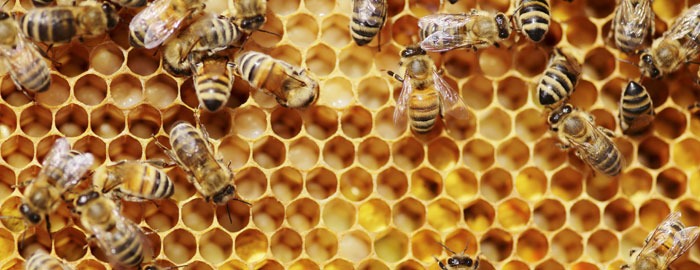
Honey bees and bumble bees
Because of their beneficial nature, we will work with local beekeepers to relocate these bees outside of and away from your home and property. This is usually done using a bait trap to coax the bees into a box hive for safe relocation.
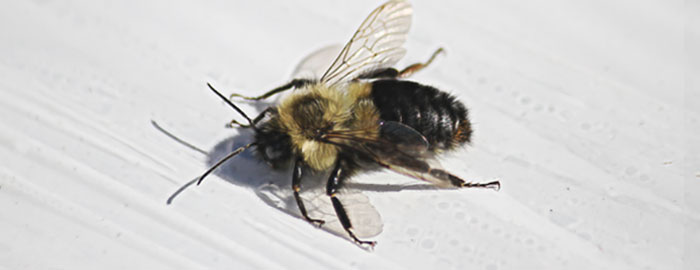
Carpenter bees
Treatment for carpenter bees can consist of a series of steps, including:
- Applying a layer of painted or stained wood (or other material the carpenter bees cannot drill through) to deter them. Carpenter bees are not known to drill through treated wood.
- An application of a chemical spray or dust in each carpenter bee access spot. This will control the bees but their eggs may require additional treatments for complete extermination.
